Post-War Minimalism: The Symphony of Art and Function
 Jun 12,2024
Jun 12,2024

 Adding Green
Adding Green
The Rise of Post-War Minimalism
In the mid-20th century, post-war minimalism quickly gained popularity in European and American bathroom design. This period saw economic recovery and technological advances providing an ideal environment for modernist design. Minimalism, with its emphasis on functionality, clean lines, and lack of decoration, catered to the contemporary desire for modernity, practicality, and aesthetics.
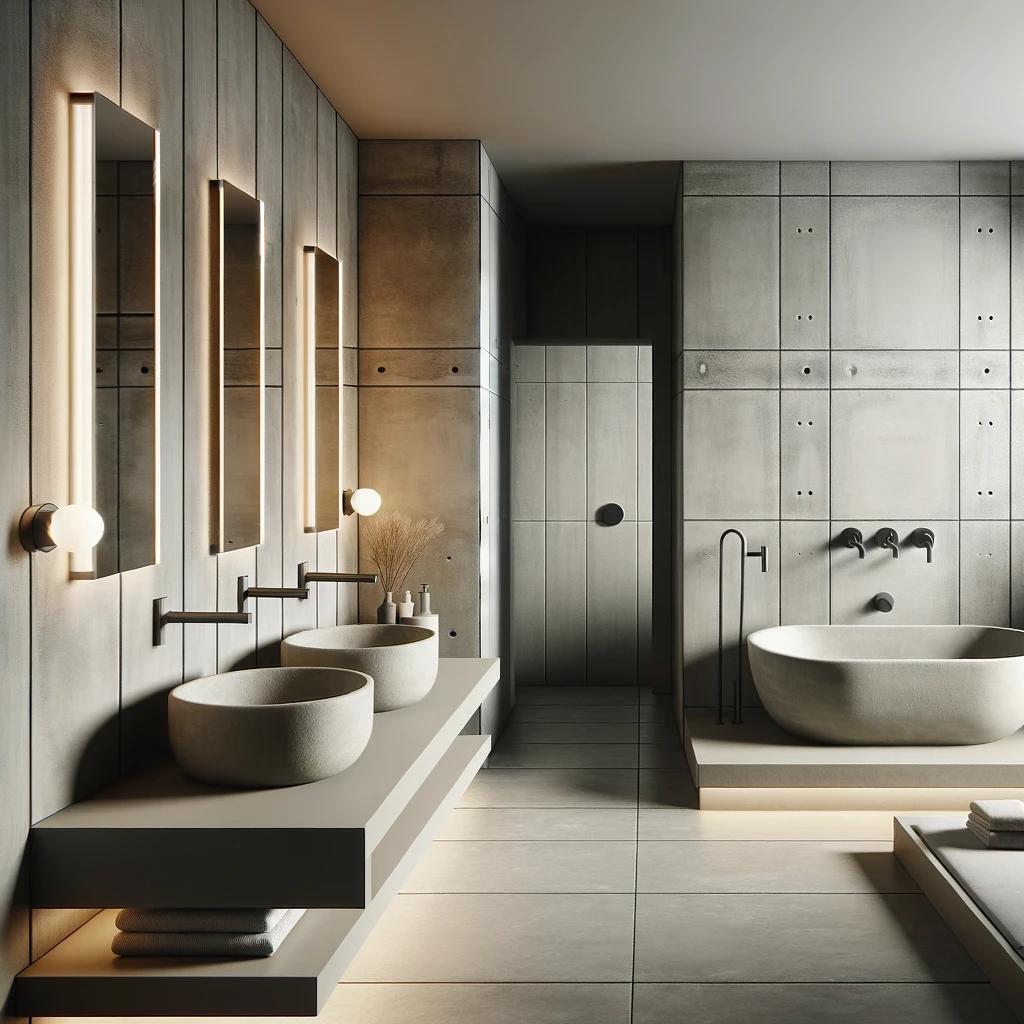
I. Background and Origins
The origins of post-war minimalism can be traced back to the economic reconstruction period following World War II. At that time, resource scarcity and the need for efficient production prompted designers to shift towards simpler, function-oriented design styles. Modernist architects and designers such as Le Corbusier and Mies van der Rohe championed the concept of 'less is more,' emphasizing the functionality and practicality of buildings and furniture.
II. Key Characteristics
1. Functionality First: The core of post-war minimalism lies in functional design. Bathroom products not only need to be aesthetically pleasing but also practical. For example, cement sinks and bathtubs, known for their durability and ease of cleaning, became representative products of this period.
2. Clean Lines: Minimalist design emphasizes straight lines and geometric shapes, avoiding unnecessary decoration. This style of bathroom products typically features smooth surfaces and simple contours, reflecting a sense of tranquility and order.
3. Use of New Materials: The post-war era saw the development and application of new materials, promoting minimalist design. The introduction of materials such as plastic and stainless steel made bathroom products more diverse and practical.
III. Influence of Nordic Style
Nordic countries played a significant role in promoting post-war minimalism. Designers from Finland, Denmark, and Sweden combined minimalism with functionalism to create bathroom products that are both practical and aesthetically pleasing. The Nordic style emphasizes natural materials and simple design, leading to the widespread use of cement in bathroom design. Nordic bathroom products typically feature simple shapes and soft tones, creating a warm and modern ambiance.
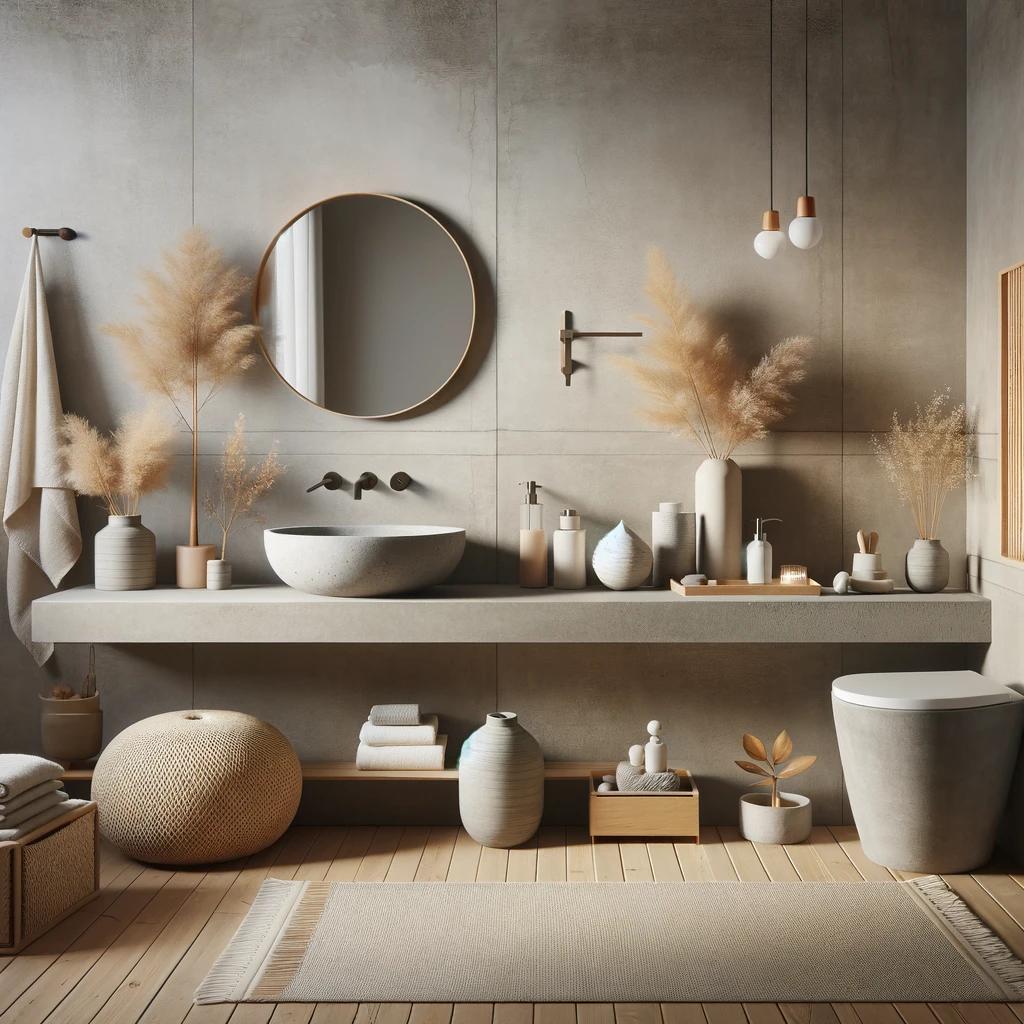
IV. Impact on Modern Bathroom Design
Post-war minimalism has had a profound impact on modern bathroom design. Today’s bathroom design continues to follow the core principles of minimalism, emphasizing functionality and clean aesthetics. Cement, as a modern material with unique texture and durability, remains significant in bathroom design.
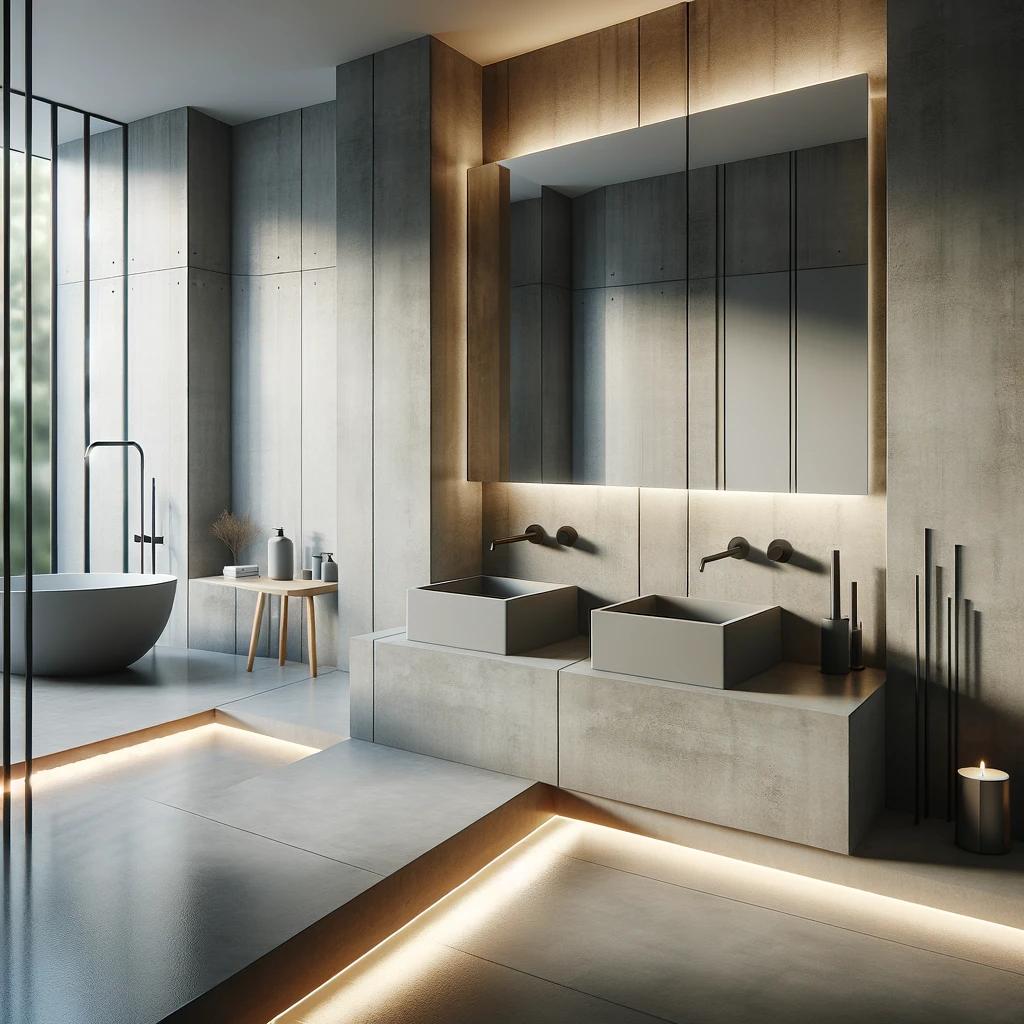
V. Introduction of Adding Green Brand
In this symphony of art and function, the Adding Green brand stands out like a master conductor, beautifully presenting cement bathroom products. As a craftsman, I have 11 years of experience in resin handicraft production and 10 years in cement technology research and development. We believe that good craft decoration should be a collection of artistic, functional, low-energy consumption, and recyclable design and production. All human creation should be based on respect for the earth and the ecological environment. Adding Green technology, adding green to the world! As the leading enterprise of cement process products, our all-technical process schemes are original, with more than 20,000 kinds of process formulas. We can support all your designs to achieve mass production based on the process design system of environmental change. We not only promote the modernization of cement bathroom products but also continuously innovate in the creation of lifestyle art pieces.
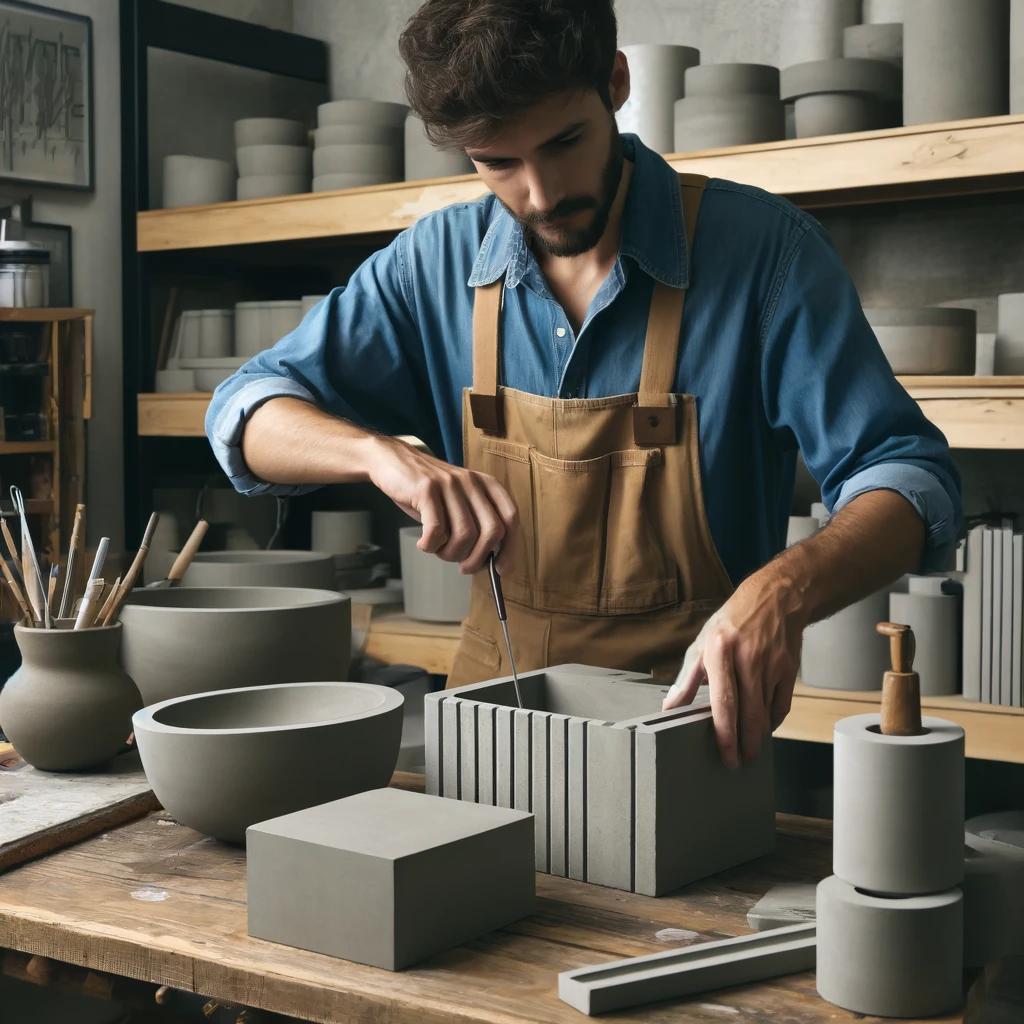
VI. Future Prospects
With continuous technological advancements and the rising demand for quality of life, minimalism will continue to evolve in future bathroom design. The emergence of eco-friendly and sustainable design concepts encourages designers to explore new materials and processes to create more efficient and environmentally friendly bathroom products. Cement, as a versatile and eco-friendly material, will play a larger role in future bathroom design.
In conclusion, post-war minimalism, with its unique design philosophy and practicality, has laid the foundation for modern bathroom design. It has not only changed the aesthetic and usage of bathroom products but also driven continuous innovation and development in bathroom design.
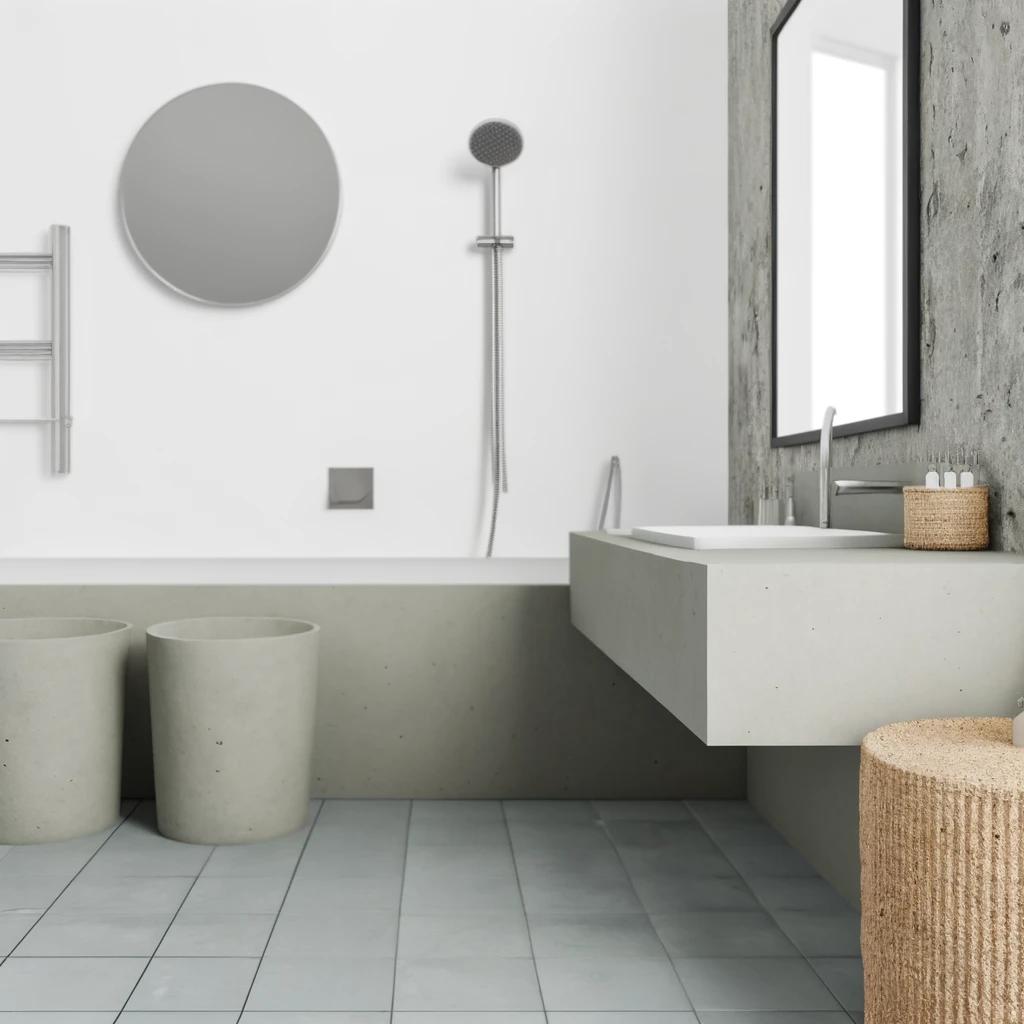



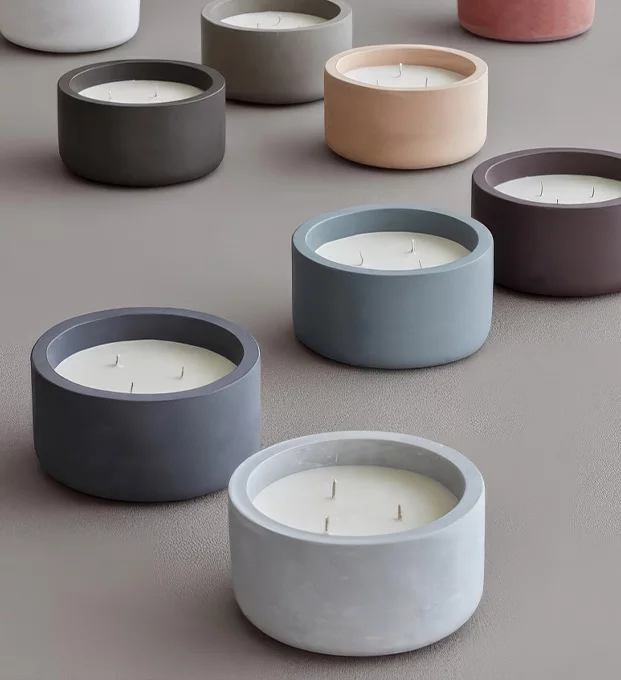
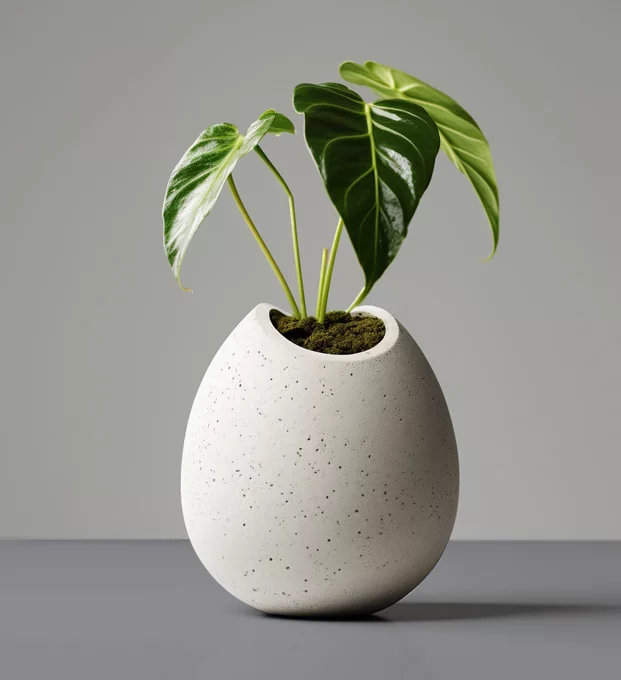
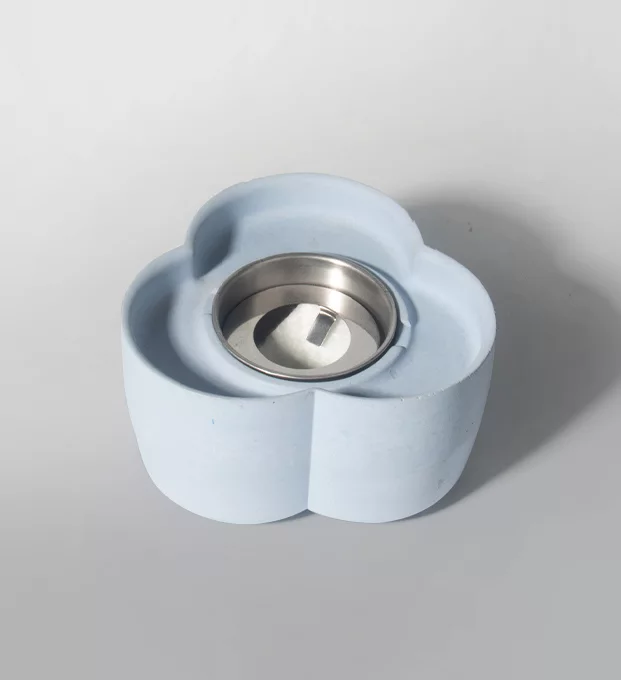

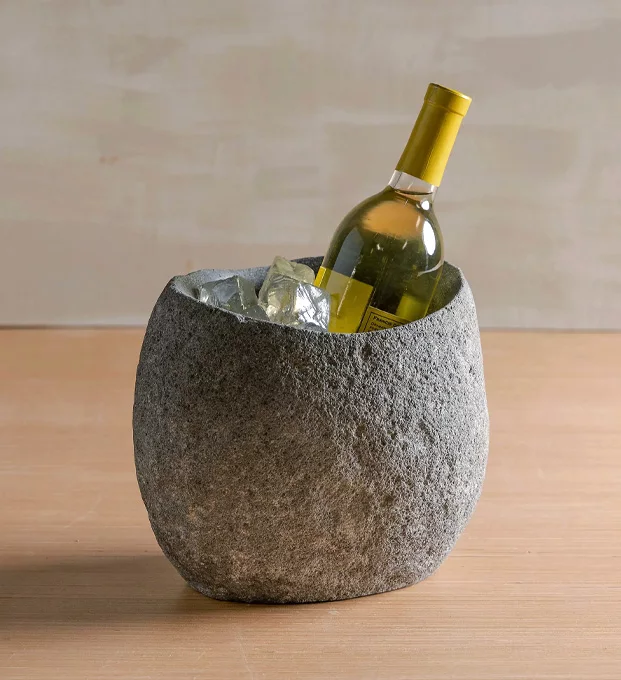




 CN
CN
 HOME
HOME Nordic Style and Functionalism: The Essence of Mid-20th Century Bathroom Design
Nordic Style and Functionalism: The Essence of Mid-20th Century Bathroom Design  You May Also Like
You May Also Like



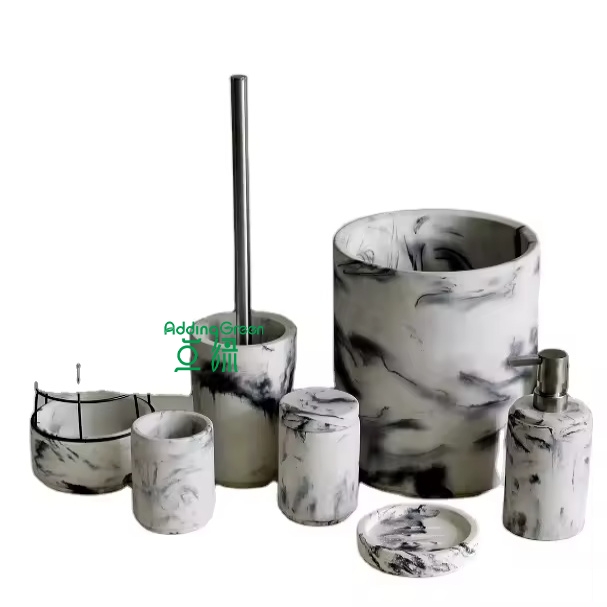

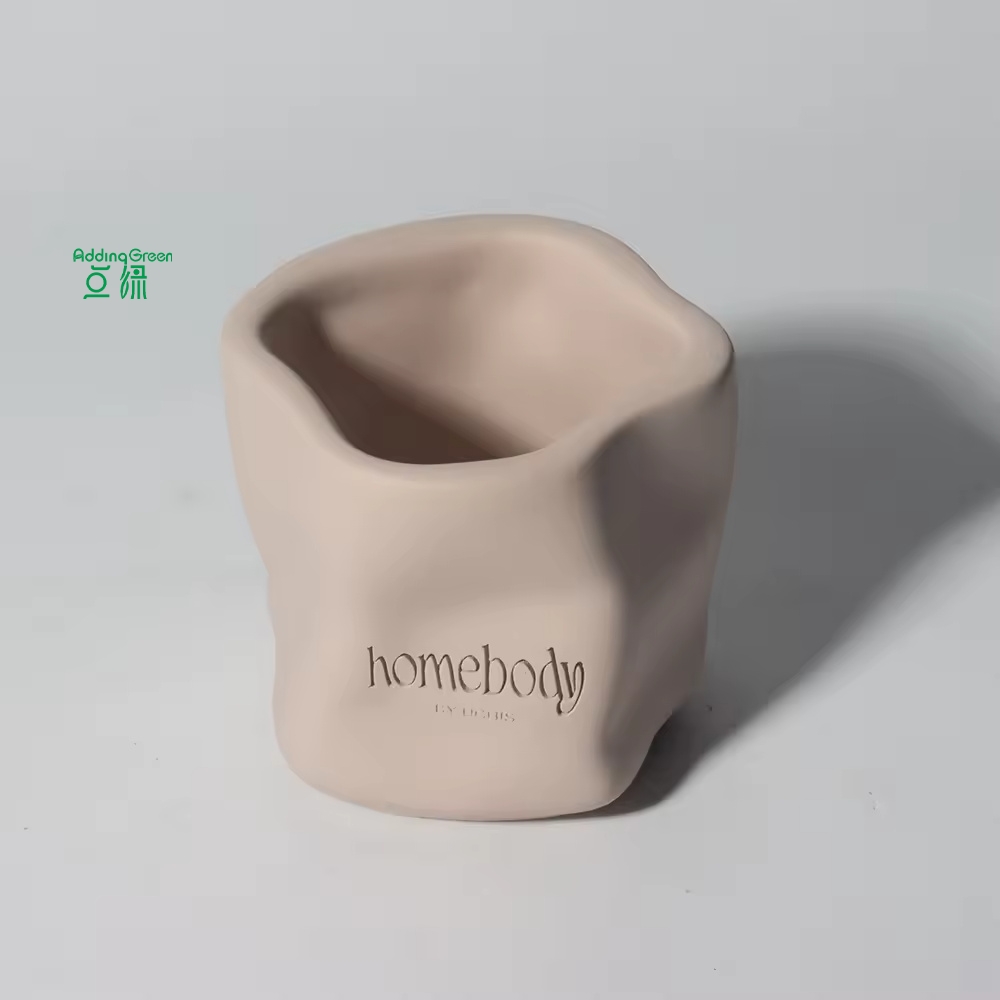
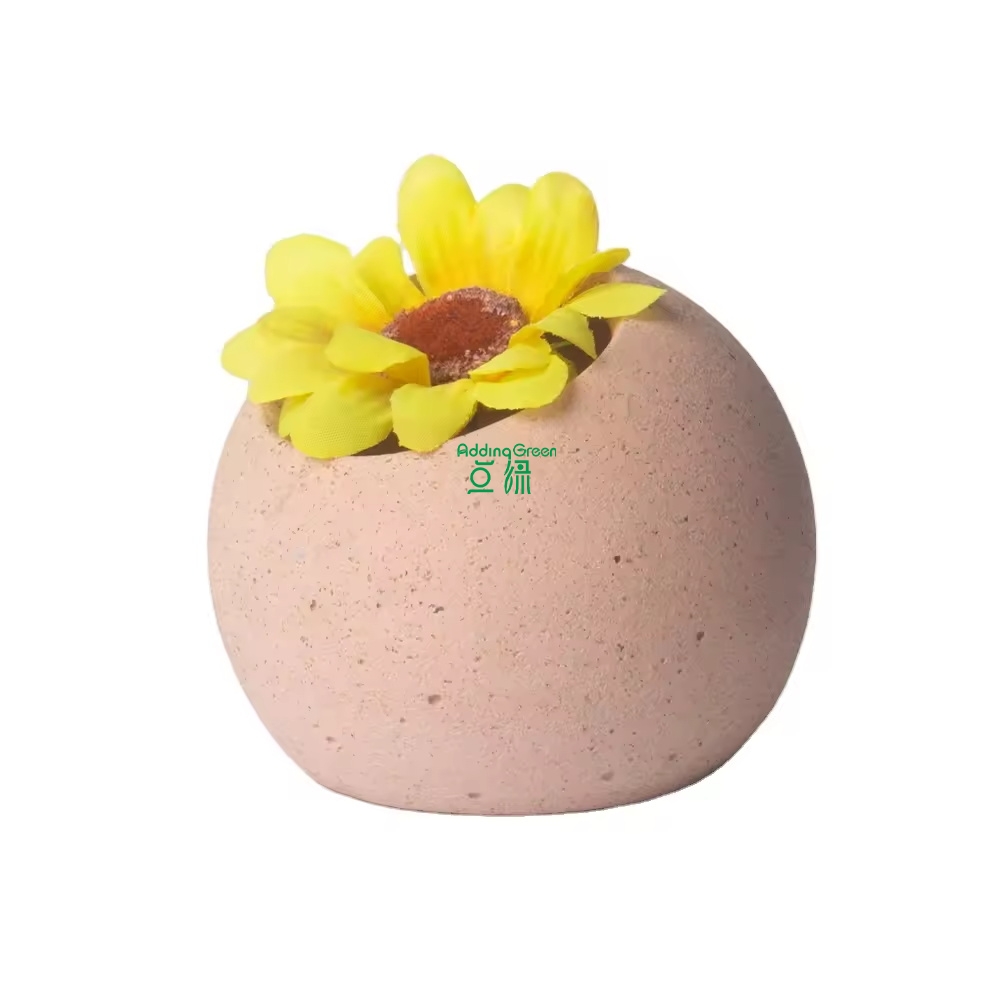
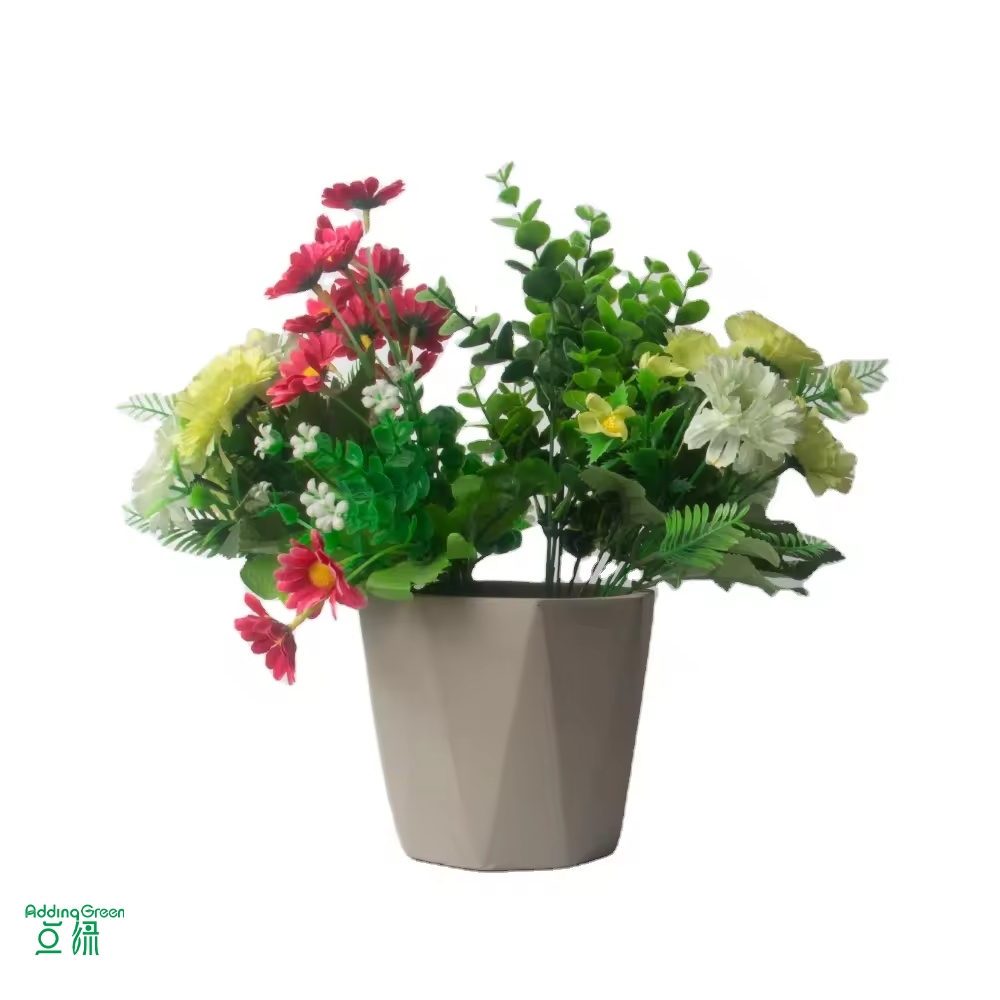
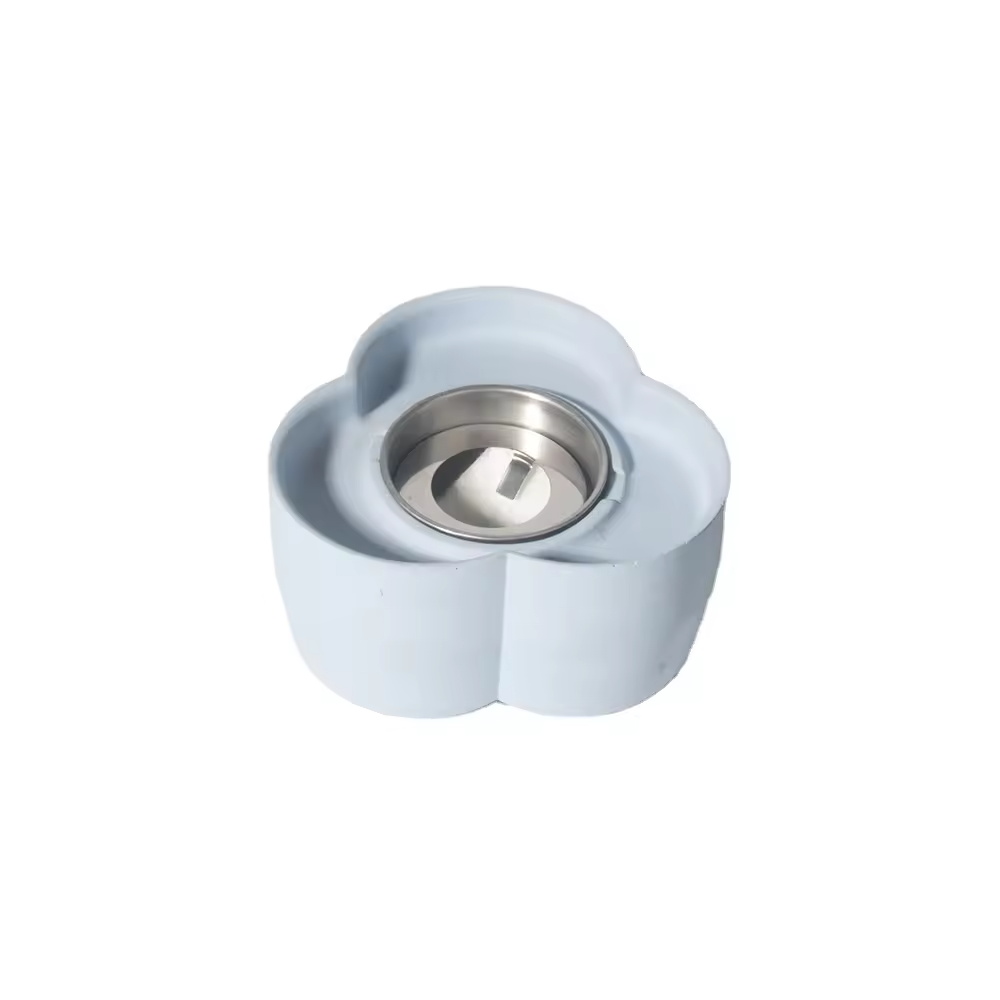

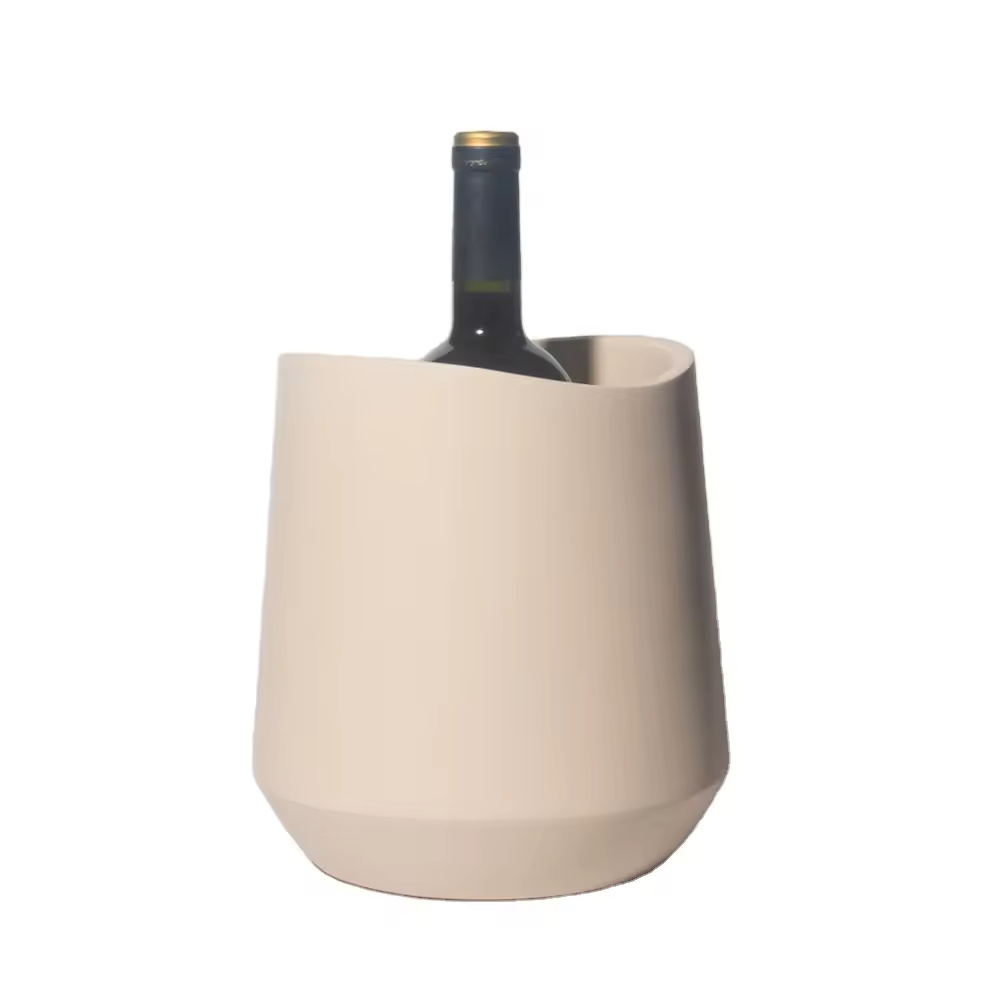

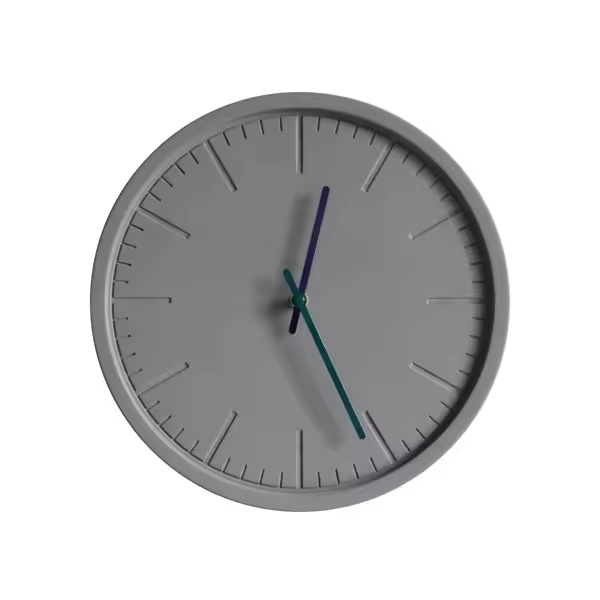
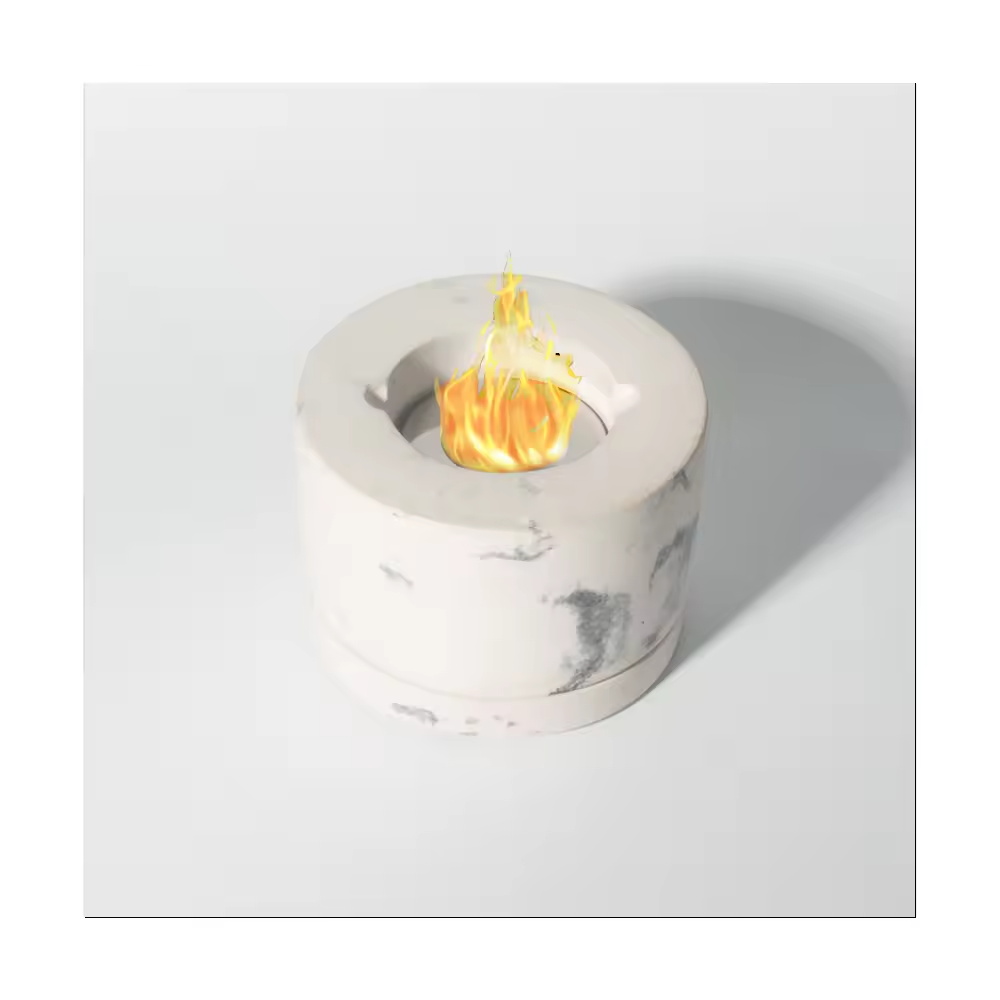
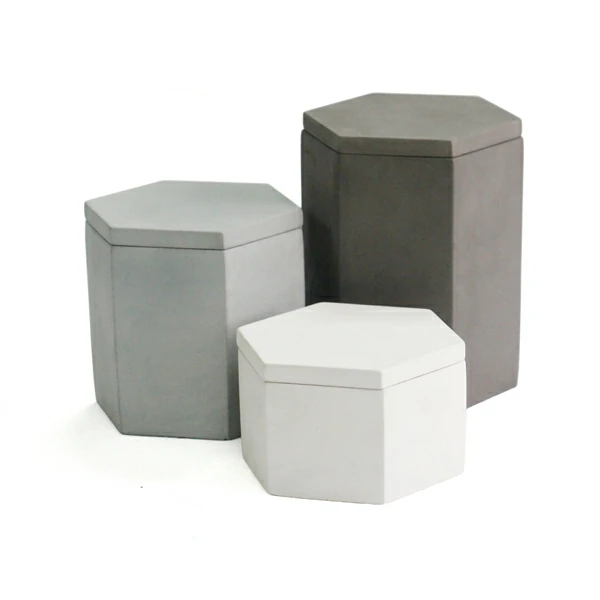
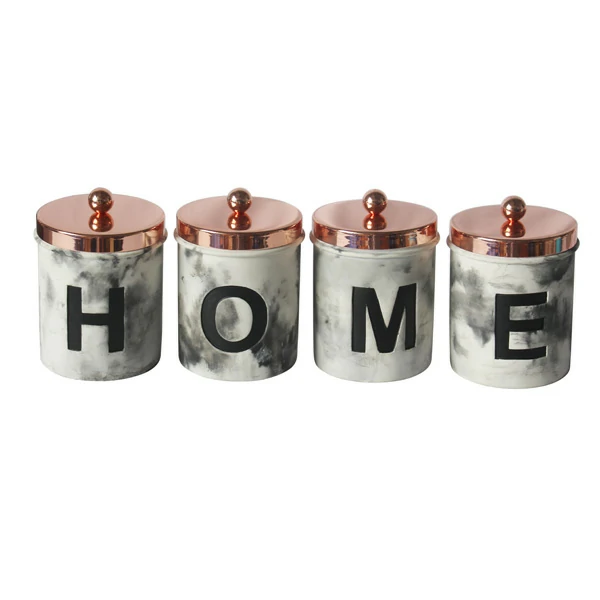
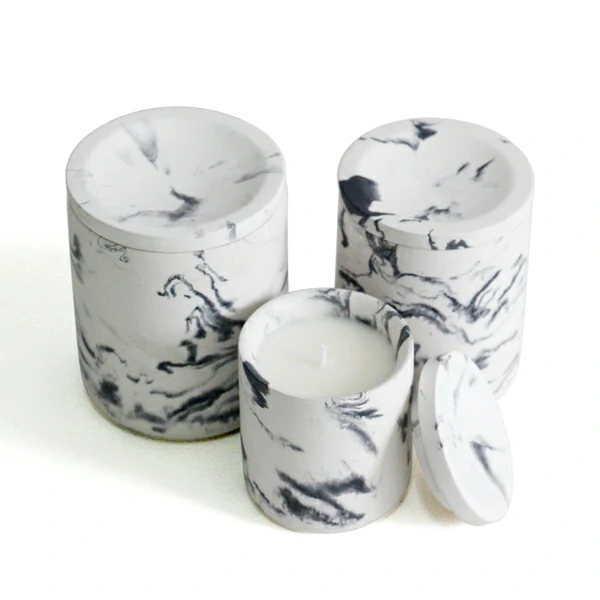

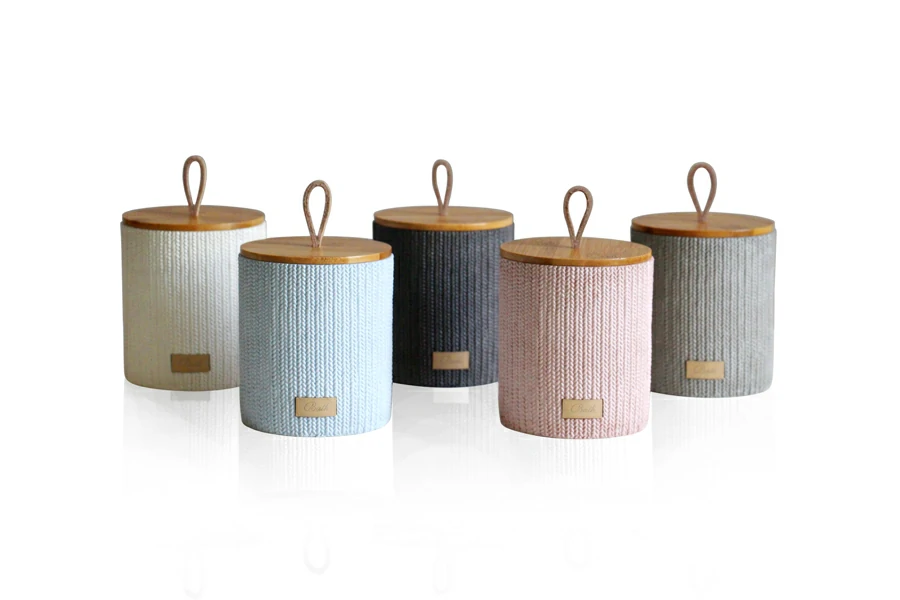
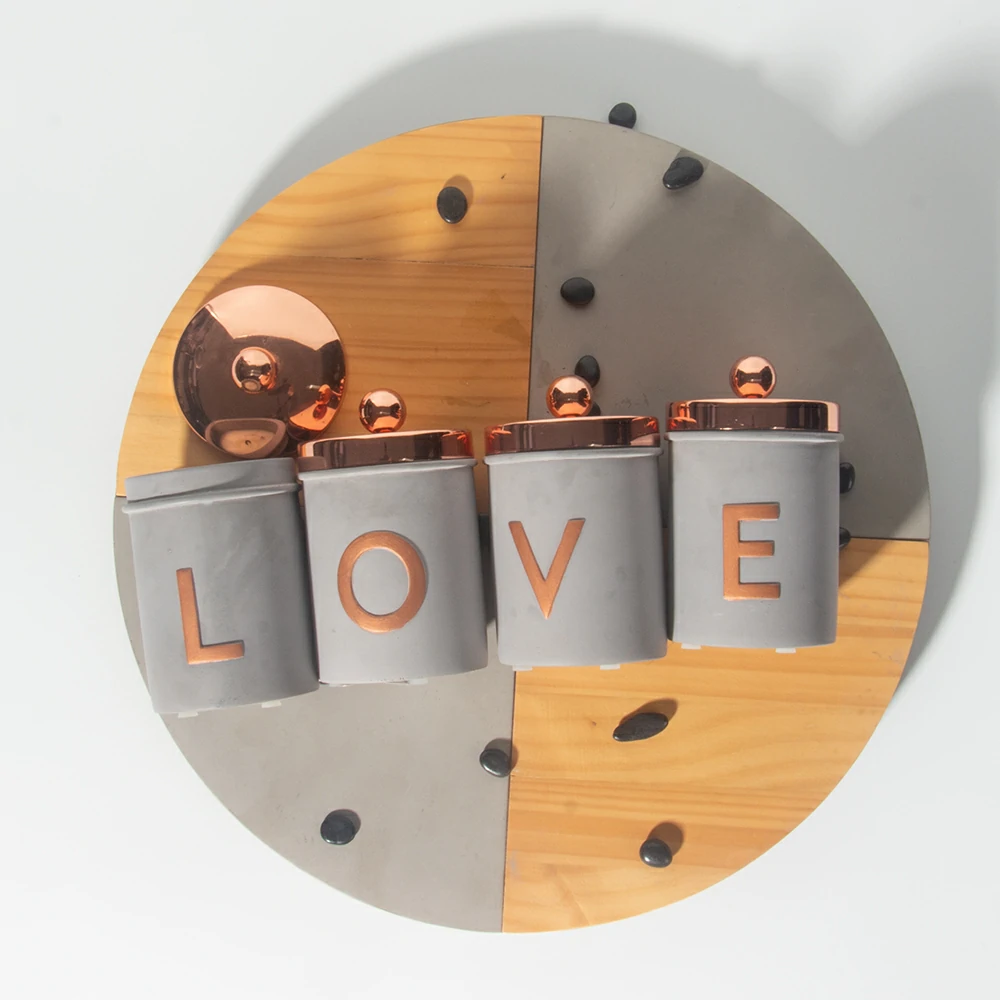

 Tel
Tel
 Email
Email
 Address
Address










